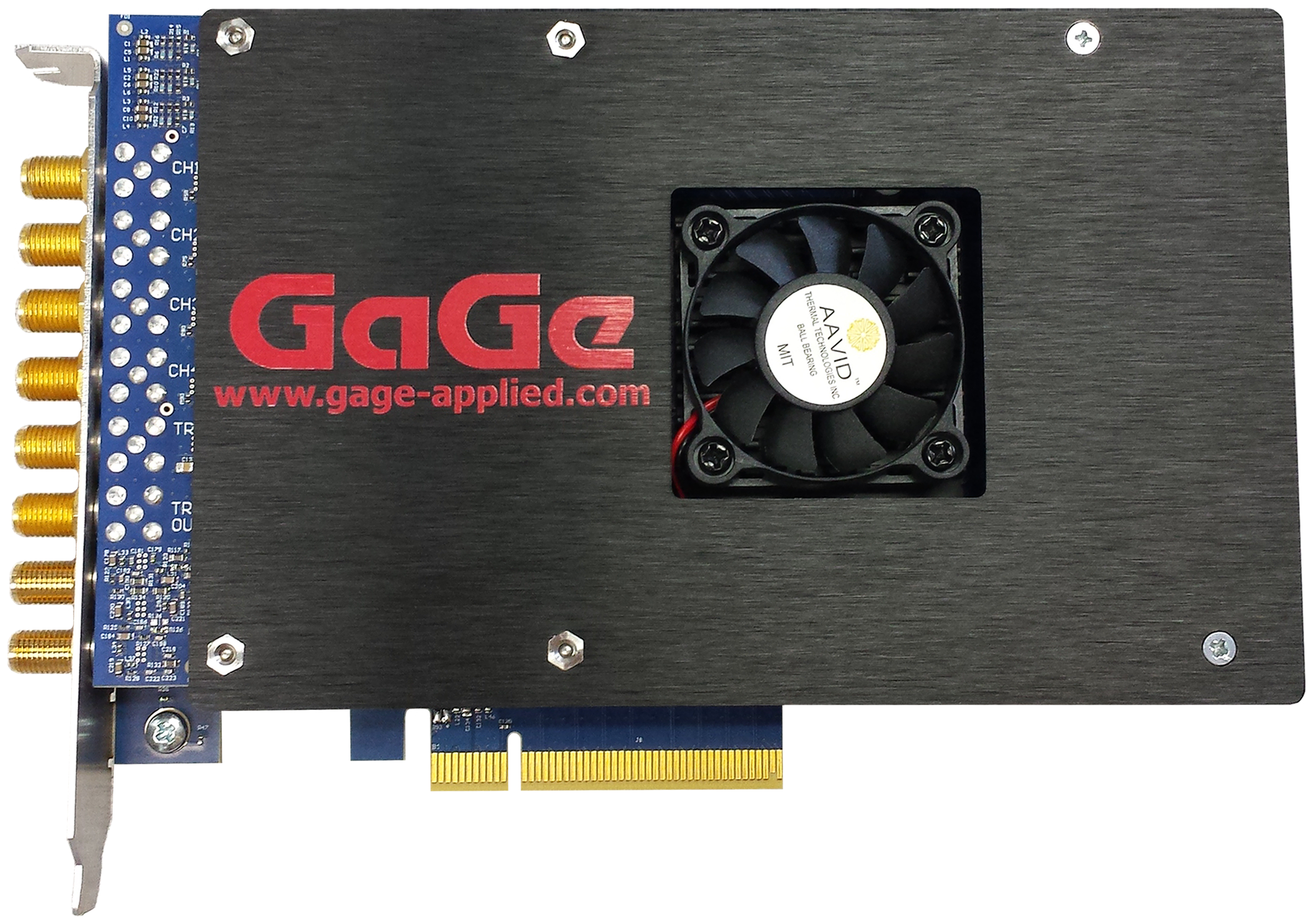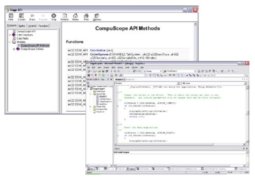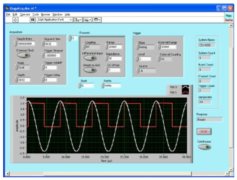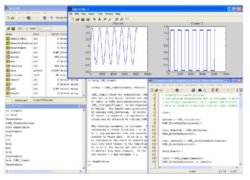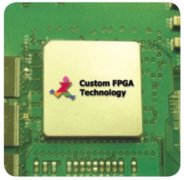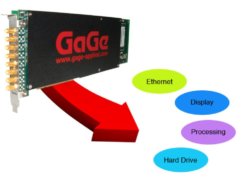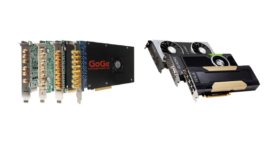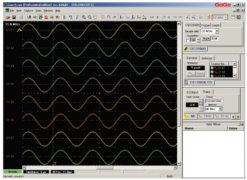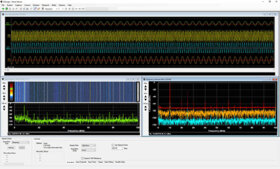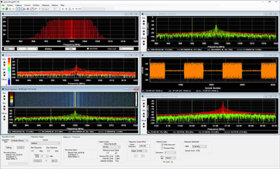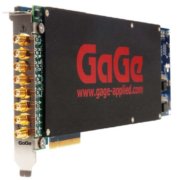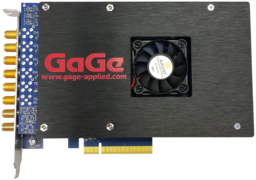The RazorEdge Express is available in dual channel models supporting a maximum A/D sampling rate up to 250 MS/s. ADC data can be captured in dual channel or single channel modes with six software selectable input voltage ranges at ±100 mV, ±200 mV, ±500 mV, ±1 V, ±2 V, and ±5 V.
The RazorEdge has separate physical input channels that differ for input impedance. There is a pair of input channels that are dedicated to 50 Ω input impedance connections, and a pair of input channels that are dedicated to 1M Ω input impedance connections. All input channels are fixed for DC-coupling.
The analog input bandwidth is 125 MHz with 50 Ω input impedance or 75 MHz with 1M Ω input impedance. The wider 125 MHz bandwidth is especially useful for RF based applications by enabling direct RF sampling of wider band signals.
AC-coupling is useful for applications in which a small AC signal is sitting upon a large DC bias. In these cases, the DC bias can be removed with AC-coupling to reduce the input range for better signal fidelity. A configuration for fixed AC-coupling for the input channels is available as an option. The coupling front end is factory hardware configured and is not software switchable.
The RazorEdge Express includes 4 GS (8 GB) of onboard acquisition sample memory. The onboard acquisition memory size is shared and equally divided among all active input channels (2 or 1) when acquiring data to onboard memory.
With the optional eXpert PCIe Data Streaming FPGA Firmware package, the dual-port architecture of the onboard memory is utilized as a large FIFO buffer for streaming acquired data to host PC memory via the digitizer’s PCIe Gen3 x8 interface at sustained rates up to 1 GB/s supporting the maximum sampling rate for both channels.

